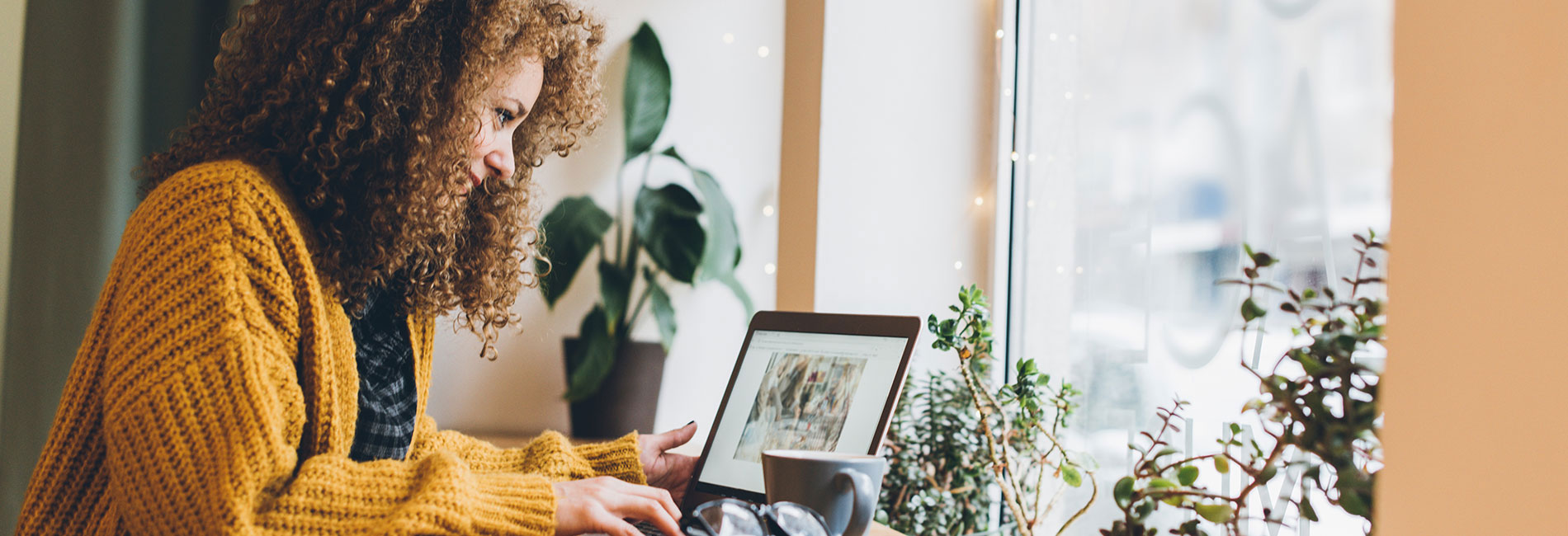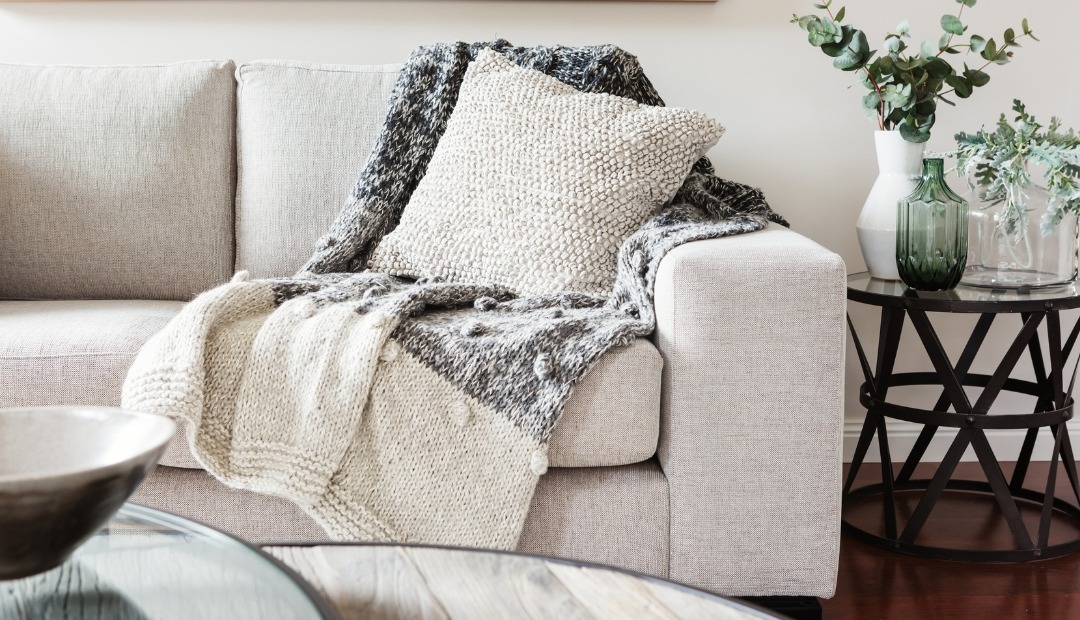In the bustling world of luxury apartments in Dallas, TX, interior design transcends mere aesthetics, offering a pathway to crafting spaces that resonate with personal style and practical functionality. Crafting a serene living room or a modern home office requires more than just beautiful items; it demands an understanding of the core elements that form the foundation of interior design. This extensive guide delves into the seven foundational elements essential for any design project, delivering actionable advice to expertly transform any environment into a harmonious sanctuary.
Color:
Color is one of the most powerful tools in a designer's arsenal, capable of setting the mood, altering perception, and defining a space's personality. Whether you opt for bold, vibrant hues or soothing, neutral tones, the colors you choose can have a profound impact on how a room feels. Warm colors like reds, oranges, and yellows can create a cozy and inviting atmosphere, while cool colors like blues, greens, and purples evoke a sense of calm and tranquility. Understanding color psychology and how different colors interact with one another is key to creating harmonious color schemes that enhance the overall ambiance of a room.
Form:
Form refers to the shape and structure of objects within a space, including furniture, architectural elements, and decorative accents. The form of these elements not only contributes to the visual appeal of a room but also affects its functionality and flow. Incorporating a mix of different forms—such as curves, angles, and geometric shapes—adds visual interest and creates a dynamic, balanced composition. Paying attention to the scale and proportion of furniture and decor is also crucial for ensuring that each piece complements the overall design scheme and fits harmoniously within the space.
Space:
Space is the foundation upon which all other elements of design are built. It encompasses both physical space—such as the size and layout of a room—and visual space—the perception of depth and openness within a space. Effective space planning involves maximizing the use of available space while maintaining a sense of balance and proportion. Clever use of furniture arrangement, room dividers, and architectural features can help create zones within a space and optimize its functionality. Additionally, understanding the principles of positive and negative space allows designers to create visually engaging compositions that draw the eye and enhance the overall aesthetic appeal.
Line:
Lines are powerful design elements that guide the eye, define shapes, and create visual movement within a space. Whether straight, curved, vertical, or horizontal, lines play a crucial role in establishing the overall mood and style of a room. Horizontal lines convey a sense of stability and calmness, while vertical lines create a feeling of height and strength. Diagonal lines add energy and dynamism, while curved lines introduce softness and fluidity. By incorporating a variety of line types into your design scheme, you can create visual interest and imbue your space with personality and character.
Texture:
Texture refers to the tactile quality of surfaces within a space, including fabrics, finishes, and materials. Incorporating a variety of textures adds depth, richness, and visual warmth to a room, making it feel inviting and cozy. From smooth, glossy surfaces to rough, tactile finishes, each texture has its own unique impact on the overall look and feel of a space. Mixing textures creates contrast and adds dimension, while repeating textures creates a sense of continuity and cohesion. Whether you opt for plush textiles, natural materials, or sleek metals, experimenting with texture allows you to add layers of interest and sophistication to your design.
Pattern:
Patterns are another powerful design element that can transform the look and feel of a space. From classic stripes and geometric motifs to bold florals and intricate designs, patterns inject personality and visual intrigue into a room. When used thoughtfully, patterns can create a sense of rhythm, movement, and harmony within a space. Whether you choose to incorporate patterns through textiles, wallpaper, or decorative accents, it's essential to consider scale, balance, and color coordination to ensure a cohesive and visually pleasing result.
Light:
Light is perhaps the most transformative element of interior design, capable of shaping mood, highlighting architectural features, and defining spatial boundaries. Natural light floods a room with warmth and vitality, while artificial light sources provide illumination and ambiance after dark. Proper lighting design involves a combination of ambient, task, and accent lighting to create layers of light that accommodate various activities and moods. Additionally, playing with light and shadow adds depth and dimension to a space, accentuating its architectural details and creating visual interest.
Incorporating these seven elements into your interior design projects allows you to create spaces that are not only visually stunning but also functional, comfortable, and reflective of your unique style and personality. Whether you're embarking on a major renovation or simply refreshing a room, understanding how color, form, space, line, texture, pattern, and light work together enables you to design with confidence and creativity. So, unleash your imagination, experiment with different combinations, and let these fundamental elements guide you as you transform your space into a place you'll love to call home.
Vail Village Club Apartments in Dallas, TX



